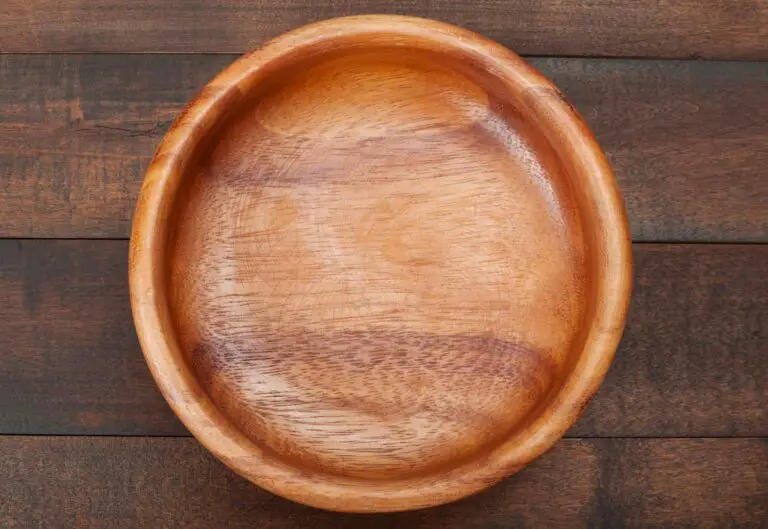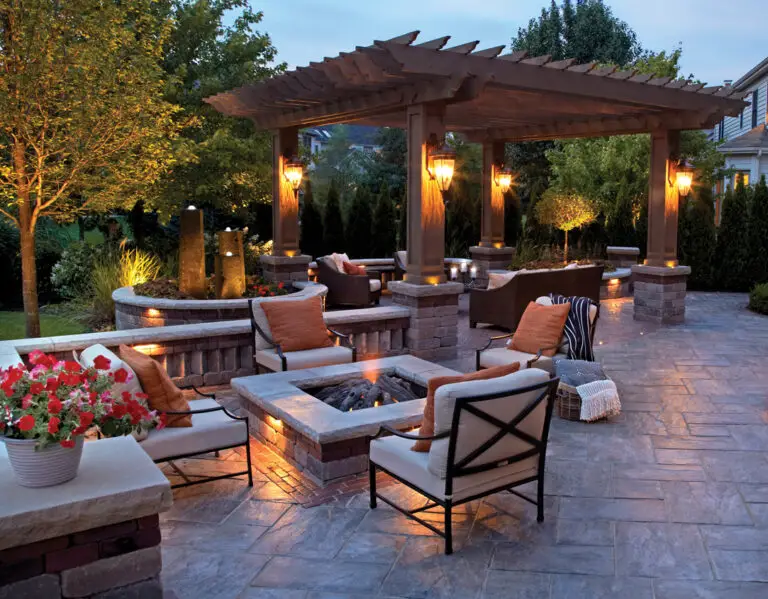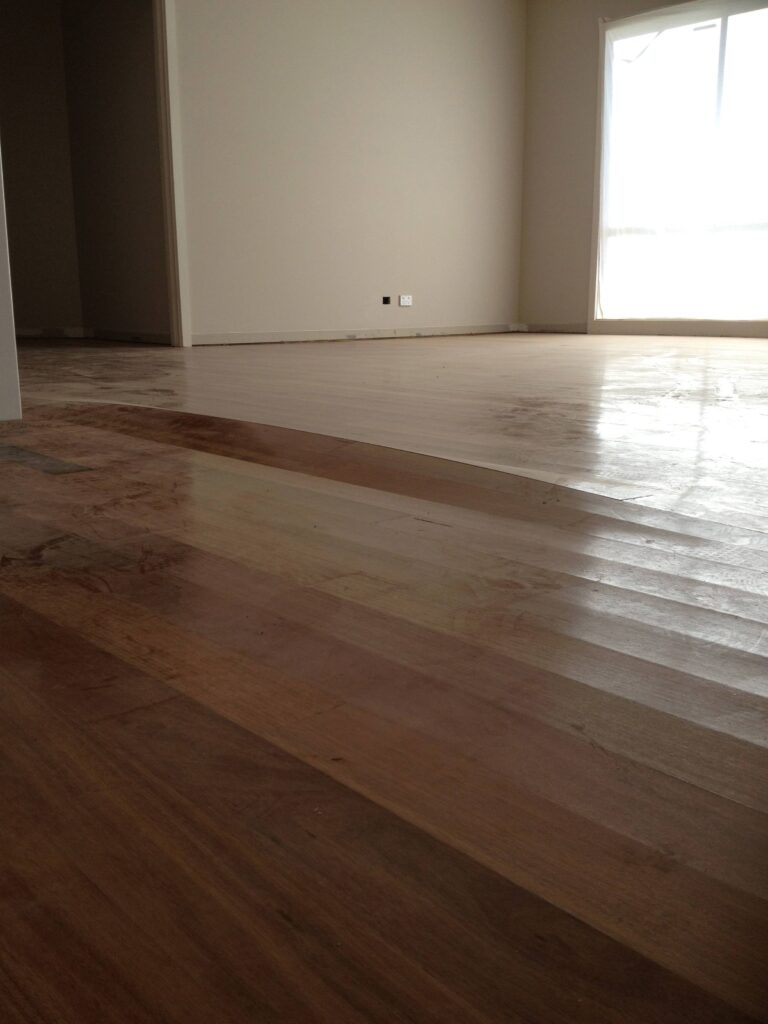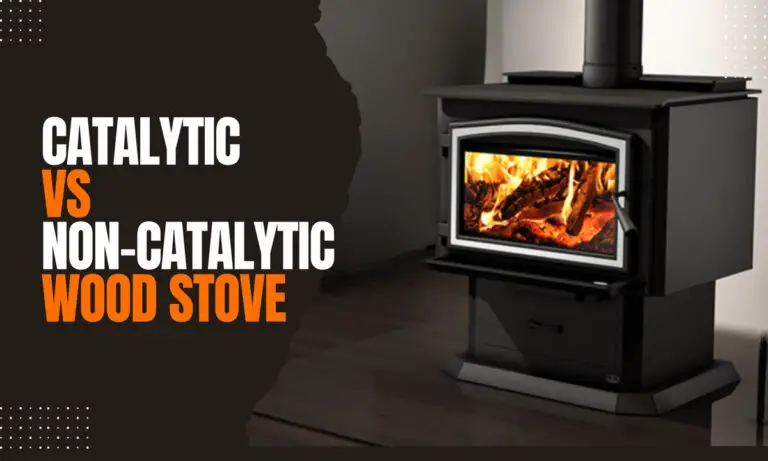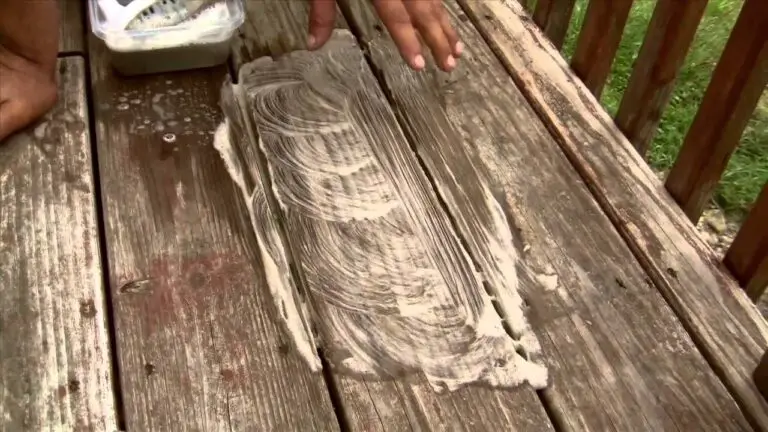What are Wood Veneers : A Comprehensive Guide
Wood veneers are a popular choice for adding a touch of natural beauty to furniture, cabinetry, and decorative accents. They are thin slices of wood that are used to cover the surface of less expensive materials, providing the look and feel of solid wood at a fraction of the cost. In this comprehensive guide, we will explore everything you need to know about wood veneers, including their types, benefits, and how to use them in your home.
Types of Wood Veneers
Wood veneers come in a variety of types, each with its own unique characteristics and applications. Here are some of the most popular types of wood veneers:
| Type of Wood Veneer | Description |
|---|---|
| Raw Veneer | Raw veneer is the most natural form of wood veneer. It is sliced directly from the log and has no backing or adhesive applied to it. |
| Reconstituted Veneer | Reconstituted veneer is created by binding together various wood species and then slicing them into thin sheets. This type of veneer offers a more uniform appearance and can be more sustainable. |
| Pressure-Sensitive Veneer | Pressure-sensitive veneer comes with a self-adhesive backing, making it easy to apply to surfaces without the need for additional adhesives or tools. |
| Wood-on-Wood Veneer | Wood-on-wood veneer consists of a thin layer of real wood bonded to a paper or wood backing. It is often used for curved or irregular surfaces. |
The Benefits of Wood Veneers
Wood veneers offer a range of benefits that make them an attractive choice for both homeowners and furniture manufacturers. Some of the key benefits of using wood veneers include:
- Natural Aesthetic: Wood veneers provide the natural beauty of real wood, with unique grain patterns and colors that can add warmth and character to any space.
- Cost-Effectiveness: Veneered products are often more affordable than solid wood alternatives, making it possible to achieve the look of real wood on a budget.
- Versatility: Veneers can be applied to a wide range of surfaces, including flat and curved ones, giving designers and craftsmen flexibility in their projects.
- Sustainability: Reconstituted veneers and wood-on-wood veneers are made from sustainable sources and can help reduce the demand for exotic or endangered wood species.
- Durability: High-quality veneers are durable and resistant to warping, splitting, and cracking, ensuring long-lasting beauty in your furniture and home décor.
Using Wood Veneers in Your Home
Wood veneers can be used in a variety of ways to enhance the aesthetic appeal of your home. Whether you are looking to upgrade your existing furniture or add a custom touch to your interior design, wood veneers offer endless possibilities. Here are some popular applications of wood veneers in homes:
- Furniture Refinishing: Give old or outdated furniture a new lease on life by applying wood veneer to surfaces such as tabletops, cabinet doors, and drawer fronts.
- Wall Paneling: Create a stunning focal point in your home by using wood veneer to cover an accent wall or create decorative paneling.
- Cabinet Refacing: Transform the look of your kitchen or bathroom cabinets by applying wood veneer to the visible surfaces for a fresh, modern appearance.
- Custom Woodwork: Incorporate wood veneers into custom woodworking projects, such as creating bespoke built-in shelving, entertainment centers, or decorative moldings.
- Decorative Accents: Use wood veneers to add intricate details to furniture, doors, and other interior accents, such as inlays, borders, and marquetry designs.
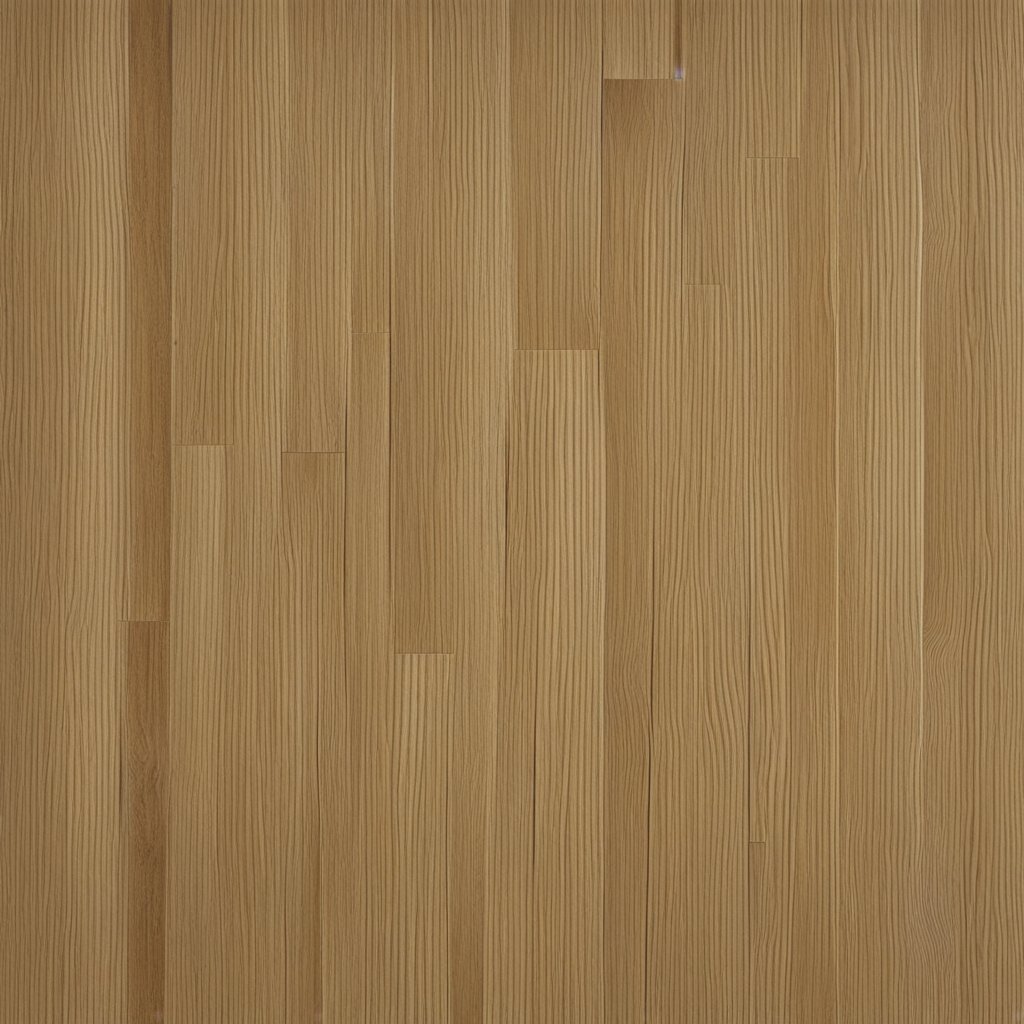
Credit: coloursaturatedlife.com
Choosing the Right Wood Veneer
When selecting wood veneer for your project, it’s essential to consider factors such as the desired look, budget, and application requirements. Here are some key considerations to keep in mind when choosing the right wood veneer:
- Wood Species: Different wood species offer varying colors, grain patterns, and characteristics. Choose a species that complements your design aesthetic and desired finish.
- Veneer Cut: Veneers can be flat cut, quarter cut, rift cut, or rotary cut, each resulting in distinct grain patterns. The cut can significantly impact the final appearance of the veneer.
- Thickness: Veneers are available in different thicknesses, typically ranging from 0.6mm to 2mm. Thicker veneers offer more durability and can be sanded and refinished, while thinner veneers are more flexible and suitable for curved surfaces.
- Backing Material: Consider the backing material of the veneer, whether it’s paper, wood, or composite, as it can affect the ease of application and the overall stability of the veneer.
- Finish: Veneers come in a range of finishes, from natural and clear-coated to stained and dyed options. Choose a finish that aligns with your design vision and the level of protection required for the application.
Frequently Asked Questions Of What Are Wood Veneers : A Comprehensive Guide
What Are Wood Veneers?
Wood veneers are thin slices of wood used to cover surfaces for decorative purposes.
How Are Wood Veneers Made?
Wood veneers are made by slicing thin sheets from a log using a cutting machine.
What Are The Benefits Of Wood Veneers?
Wood veneers are cost-effective, eco-friendly, and offer a wide range of design options.
Can Wood Veneers Be Repaired?
Yes, minor damages to wood veneers can be repaired by sanding or refinishing.
Conclusion
Wood veneers offer an affordable and versatile way to incorporate the beauty of real wood into your home décor and woodworking projects. With a wide range of types, applications, and benefits, wood veneers provide endless opportunities for creativity and customization. Whether you’re refinishing furniture, upgrading cabinets, or adding decorative accents, wood veneers can help you achieve stunning results that elevate the overall aesthetic of your space.
By understanding the different types of wood veneers, their benefits, and how to select the right veneer for your needs, you can confidently embark on your next woodworking or home improvement project with the timeless appeal of natural wood veneers.

